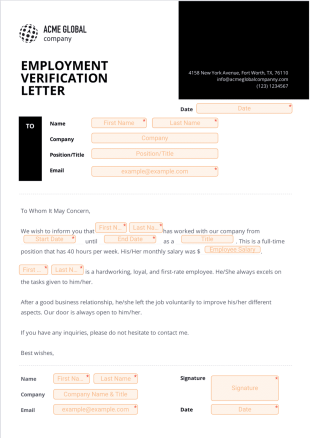Lien Release Form FAQs
1) What is a lien release form, and when is it needed?
A lien release form certifies that someone has fully satisfied or paid off a debt or obligation (often related to property or assets). This legal document proves that the lienholder has no claim or interest in the property or asset, clearing the way for its transfer or sale.
A lien release form is necessary when a borrower has finished paying off a debt secured by collateral, as is often the case with mortgages, auto loans, or other secured loans. Once the borrower has paid the debt in full, the creditor should provide a lien release form to them, demonstrating that the creditor no longer has a claim on the collateral. Without a lien release, the borrower might face difficulties selling or transferring their property.
2) Who uses a lien release form?
A lienholder (creditor) and the borrower (or the person or entity that owed the debt) primarily use a lien release form. Here’s how each party uses this form:
- Lienholder: The lienholder, which could be a bank, credit union, or other lending institution, uses a lien release form to officially relinquish its claim or interest over a specific asset or property.
- Borrower: After receiving the lien release form from the lienholder, the borrower can use this document to prove ownership.
3) What information is required on a lien release form?
- Lienholder information: Include the name, address, and contact details of the creditor or institution that held the lien.
- Borrower information: Provide information about the individual or entity who owed the debt. This typically includes their name, address, and sometimes additional identifying details.
- Property or asset description: Provide a clear description of the property or asset that was under lien. This could be the legal description of real estate, the vehicle identification number (VIN) for an automobile, or any specific identifier related to the asset.
- Loan details: Provide information about the original loan secured by the lien, including the loan number, the initial loan amount, and the date the borrower signed for the loan.
- Release details: Provide a statement confirming that the borrower has fully repaid the debt and that the lienholder is relinquishing their legal claim on the property or asset. Include the date when the borrower paid off the debt.
- Signature: The lienholder or an authorized representative must sign and date the document. In some cases, the document may need to be notarized to make it legally binding.
4) What are the other names for lien releases?
People refer to lien releases by different names, depending on the jurisdiction they’re in and the specific circumstances of the loan or debt. Some of these include
- Release of lien: This name is the most straightforward alternative for a lien release, and it means the same thing.
- Lien waiver/lien release waiver: It's important to note that a lien waiver typically refers to a document relinquishing the right to a future lien. In contrast, a lien release refers to removing an existing lien.
- Satisfaction of mortgage/deed of reconveyance: In real estate, once someone pays off a mortgage, the lien release might be referred to as a satisfaction of mortgage (mainly in the eastern United States) or a deed of reconveyance (mainly in the western United States).
- UCC-3 termination statement: For liens filed under the Uniform Commercial Code (UCC), which typically involve personal property, the equivalent of a lien release is often called a UCC-3 termination statement.
- Discharge of lien: This term sometimes describes removing a lien from public records after someone has paid off a debt.






